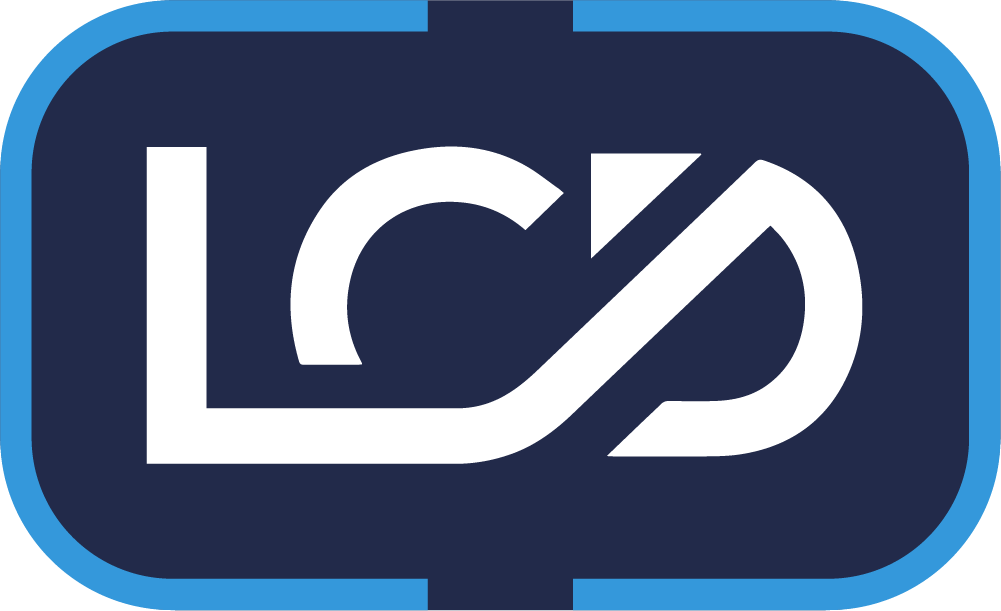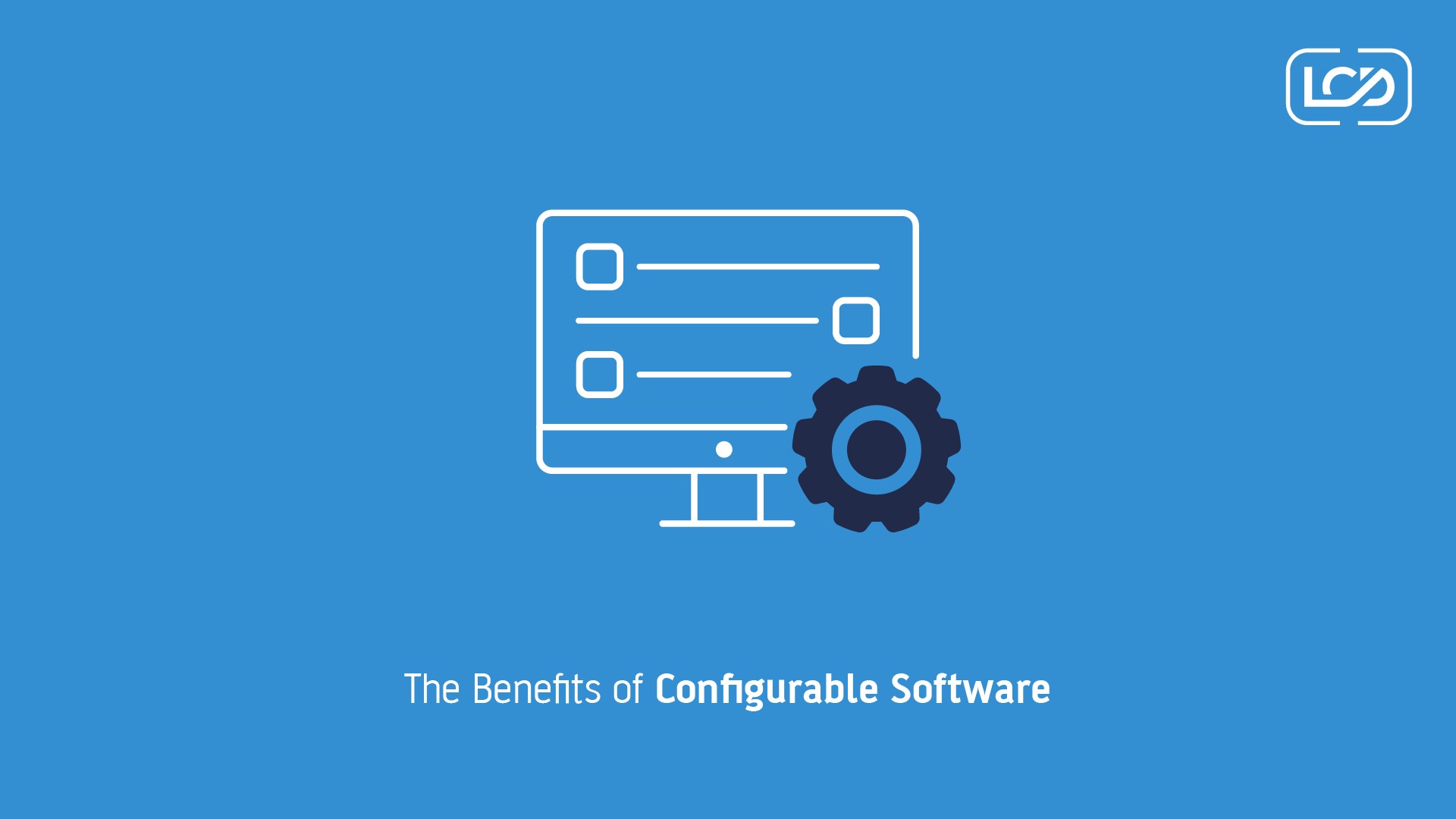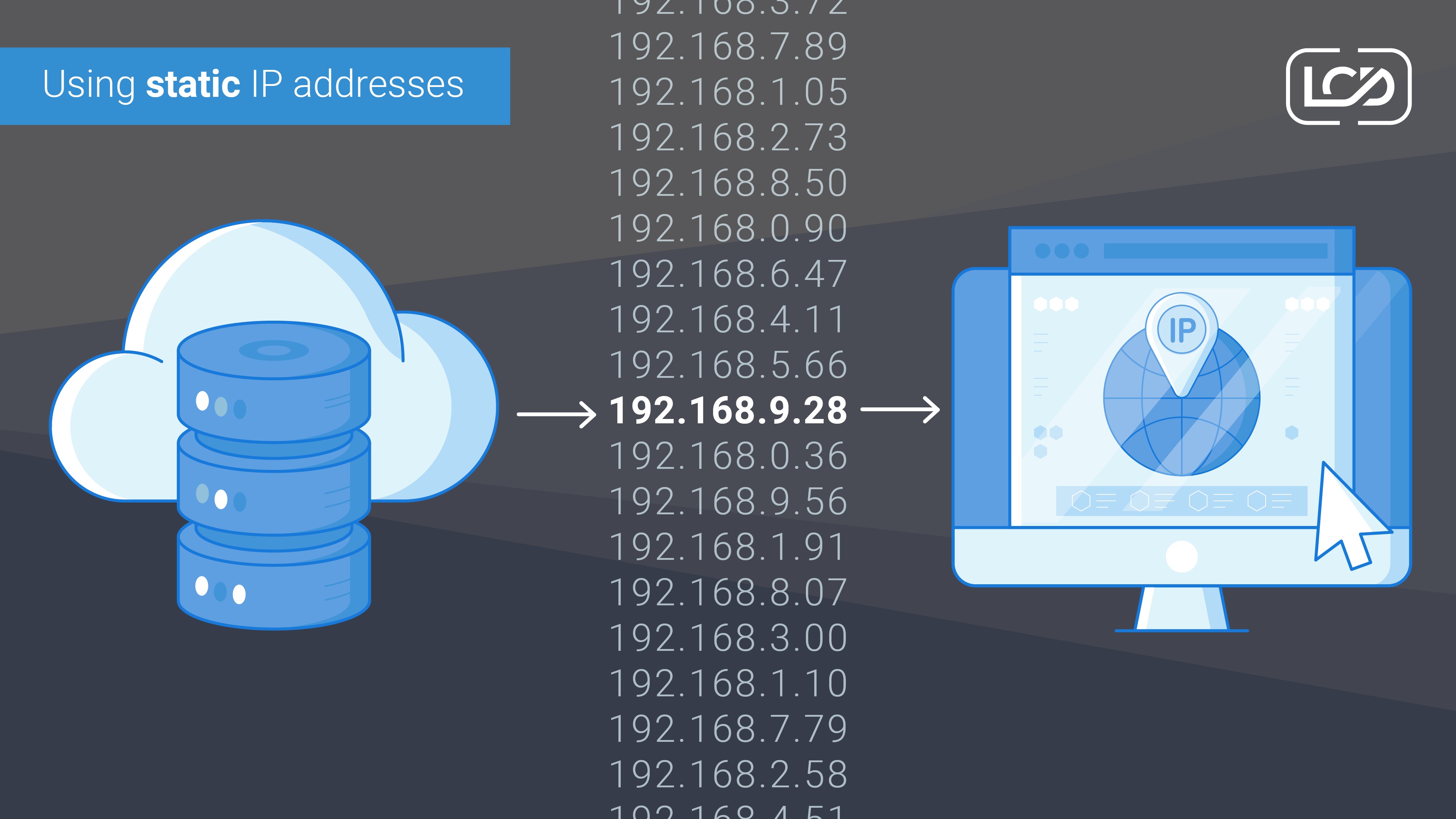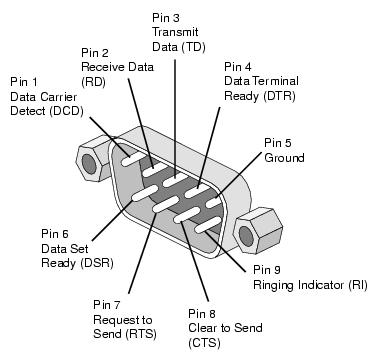The Benefits of Configurable software
The Benefits of Configurable Software
Using scalable and configurable software for audiovisual (AV) room control offers numerous benefits compared to the traditional approach of implementing individual code per room. This modern approach empowers organizations to efficiently manage their AV systems, streamline operations, and deliver consistent user experiences across multiple rooms. Here’s why opting for scalable and configurable software is highly beneficial for AV room control:
Centralised Management and Consistency

Implementing individual code for each AV room can quickly become unwieldy and difficult to manage, especially when dealing with numerous rooms. Scalable and configurable software allows administrators to manage all rooms from a centralized platform. Changes, updates, and configurations can be applied uniformly, ensuring consistent functionalities, user interfaces, and experiences across all rooms. This level of control is invaluable for maintaining a cohesive AV environment.
TIME AND COST SAVINGS
Developing, testing, and maintaining unique codebases for each room is time-consuming and resource-intensive. Scalable software reduces development effort by utilizing a shared codebase that can be customized through configuration. This approach not only accelerates deployment but also significantly reduces development and maintenance costs. Organizations can allocate resources more efficiently and achieve faster returns on investment.
Adaptability to changing needs
AV room requirements can evolve over time due to technology advancements, organizational changes, or shifting user preferences. Configurable software allows for easy adaptation to changing needs without rewriting code from scratch. Adding new features, integrating with emerging technologies, or adjusting user interfaces can be achieved through configuration settings, ensuring that AV systems remain up-to-date and relevant.
Rapid Deployment and scalability
As organizations grow or expand their AV infrastructure, deploying individual code for each new room can be a time-consuming process. Scalable software streamlines this process by enabling rapid deployment of pre-configured setups. This scalability ensures that new rooms can be integrated seamlessly into the existing AV ecosystem without unnecessary delays.
Enhanced troubleshooting and support
Identifying issues and providing support in a diverse environment with individual codebases can be challenging. With configurable software, troubleshooting becomes more straightforward. Support teams can diagnose and address issues based on standardized configurations, reducing downtime and minimizing disruptions.
Future Proofing
AV technology is continually evolving, and scalability is essential for accommodating future upgrades. Configurable software architectures are better positioned to incorporate new technologies, protocols, and standards. Organizations can adapt to the latest trends and innovations without undergoing extensive redevelopment efforts.
Consolidated reporting and analytics
A centralized software solution offers the advantage of consolidated reporting and analytics. Organizations can gather data across multiple rooms to gain insights into usage patterns, equipment performance, and user behaviors. These insights inform data-driven decisions for optimizing AV room setups and user experiences.
Embracing scalable and configurable software for AV room control brings substantial advantages over the conventional approach of individual code per room. This approach ensures streamlined management, reduced costs, adaptability, rapid deployment, enhanced support, and readiness for future advancements. Organizations can create an efficient, flexible, and future-proof AV environment that meets their needs while delivering consistent and high-quality experiences to users across all rooms.
Maintaining a codebase
Maintaining configurable software for AV room control is imperative to ensure adaptability and efficiency. As AV technologies evolve, a configurable approach allows swift adjustments to changing requirements, preventing the need for time-consuming code rewrites. By maintaining configurable software, organizations can swiftly respond to dynamic AV needs, enhance user experiences, and optimize resource allocation, fostering a sustainable and effective AV ecosystem.
Releases
A release process and version control are indispensable for AV room control software. They ensure systematic updates, minimizing disruptions during deployment. Version control tracks changes, preserving a history of modifications, and allowing for easy rollbacks in case of issues. This safeguards against errors and maintains stability. A well-structured release process guarantees consistent configurations across AV rooms, reducing inconsistencies. It enhances reliability, user experiences, and simplifies support. Ultimately, a controlled release and version management strategy are vital for maintaining a robust, adaptable, and efficient AV control software ecosystem.
New Devices and Features
Adding new supported devices and features to AV room control software amplifies its capabilities. This expansion enhances user experiences, accommodates evolving technology trends, and addresses diverse requirements. It ensures the software remains versatile, competitive, and aligned with the dynamic needs of modern AV environments.

Neil Silver
Lead Developer LCD – Crestron Programmer, CSP
Managing the Development and Custom Programming Teams on a day-to-day basis and responsible for Product Design and Project Oversight.



















